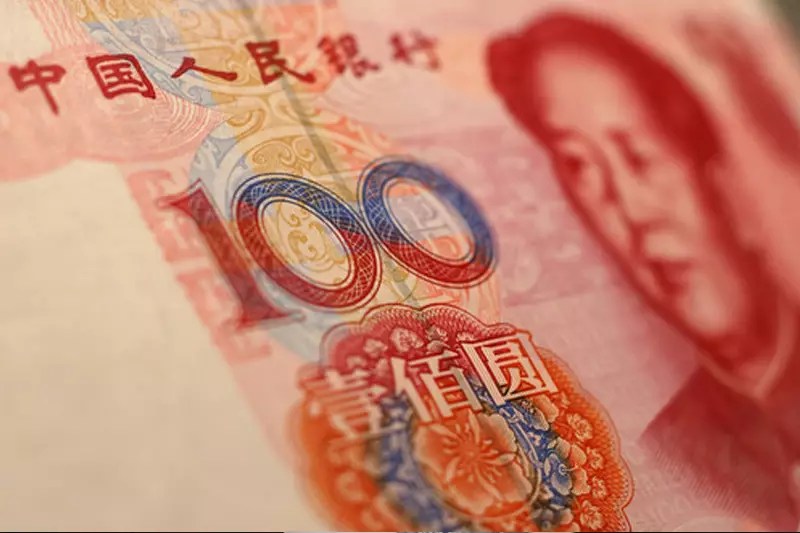Repo (repurchase agreement) rates serve as a vital pulse of liquidity in financial systems, providing insight into how banks and financial institutions manage their funding requirements. Recent fluctuations in these rates can have far-reaching consequences for markets, particularly in light of tax payment seasons and central bank policies. This article delves into the significant increase in repo rates observed around January 13 and the underlying factors contributing to this phenomenon.
On January 16, the day following the tax payment deadline, Bank of America reported a marked increase in repo rates, with the DR007 and R007 rates peaking at 2.34% and 4.19%, respectively. Such sharp increases indicate a heightened demand for liquidity as institutions scramble to meet their immediate obligations. This scenario was compounded by limited cash flow, as the People’s Bank of China (PBoC) withheld ample funding. The tax season inherently drives up cash needs, creating a perfect storm that elevates repo rates significantly.
The PBoC has consistently emphasized the importance of maintaining exchange rate stability, a strategy that adds complexity to the liquidity situation. By enforcing tighter RMB liquidity both onshore and offshore, the central bank helps stabilize the currency but inadvertently pushes up funding costs. For instance, the PBoC announced an issuance of RMB60 billion in 6-month bills in Hong Kong on January 9, coupled with a coupon rate of 3.4%. This decision highlights the tightening liquidity environment and reiterates the central bank’s cautious stance in managing economic fluctuations.
A deeper examination of the financial data reveals a troubling trend: the FX settlement balance showed a significant deficit of US$10.5 billion in December, marking the first such deficit since July 2024. This drop is primarily attributed to increased USD demand, particularly from domestic importers looking to hedge against tariff risks. Such changes in economic behavior can inadvertently exert upward pressure on forward points, reshaping the landscape for currency exchange and financial forecasting.
In a bid to allow domestic corporations and financial institutions more maneuverability for cross-border borrowing, the PBoC raised the cross-border macroprudential parameter from 1.50 to 1.75 on January 13. While this could theoretically enhance liquidity, analysts view this shift as more symbolic than substantive, especially when placed in the context of the widening interest rate gap between China and other countries. Given the current economic climate, such moves may serve more to align market expectations than to catalyze dramatic shifts in borrowing behaviors.
The recent spike in repo rates and the subsequent moves from the PBoC underscore the delicate balance between maintaining currency stability and facilitating liquidity. As we move forward, stakeholders across the financial landscape must remain vigilant, responding proactively to both central bank policies and market dynamics. Understanding these nuances will be crucial for navigating an increasingly volatile economic environment where every percentage point can herald substantial shifts in strategy and performance.


Leave a Reply